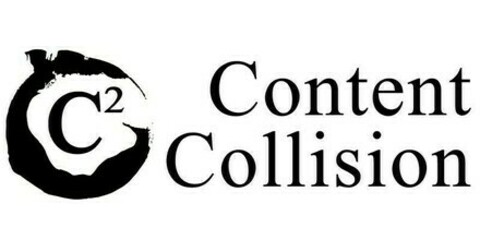Why journalists aren't picking your PR story—and how to change that
Oh no. It’s been days, and no one’s picking your PR story. Don’t worry—here’s how to fix it and get the coverage you need.

It has been a couple of days, and there’s no response to your press release. No emails, no phone calls—nothing.
This scenario is common and happens even to experienced PR teams. But the silence doesn’t have to mean failure. There are many reasons why your PR pitch might not get picked up, from targeting the wrong journalist to missing the mark on timing.
The good news is that small adjustments can often make a big difference.
Here’s a guide to troubleshoot and refine your PR pitch to increase your chances of getting noticed.
Who is your target journalist?
Before you hit send, double-check if you are reaching out to the right journalist. Journalists typically specialize in certain topics, also known as their “beat.” Sending your pitch to someone who doesn’t cover your industry or focus area will almost certainly result in no response.
For example, if you are pitching a story about a tech startup, you need to go deeper than just targeting tech journalists. Are you pitching to someone who covers startup funding? Or maybe a journalist who writes about new product launches? Some journalists focus on regulatory and government-related aspects of technology. Identifying this specificity can give you a clearer idea of how to frame your story.
Here’s how you can find out: Look at the journalist’s recent articles. Do they focus on a specific sub-topic within tech, such as AI innovations, fintech, or green technology? Align your pitch with what they frequently write about. This step helps you see the bigger picture and ensures your story is relevant to their audience.
What makes your story newsworthy?
A journalist’s primary job is to share stories that matter to their readers. If your story hasn’t gained attention, it might lack a clear hook or impact. Reassess your angle. Does your story tie into a current trend, highlight a significant achievement, or solve a problem that affects many people?
For example, if your pitch involves a tech startup, highlight how it benefits the masses. Does it support a government initiative, improve accessibility, or address an emerging issue? Even if your story doesn’t seem impactful at first glance, remember that every company has a story worth sharing. Consider why your founders believed in the business and what makes it unique.
For additional inspiration, check out examples of how early-stage startups have overcome PR challenges. Read more here.

When did you send your pitch?
Timing matters more than you might think. Journalists’ inboxes are constantly flooded with pitches, and your story might be overlooked if you send it at a busy time. Avoid sending pitches late in the week, on holidays, or early Monday mornings when inboxes are overflowing.
Mid-morning on Tuesday or Wednesday tends to be a sweet spot. If your pitch hasn’t received any attention, consider sending a follow-up email. However, be mindful of how often you follow up—too much persistence can hurt your chances. A polite, well-spaced follow-up works best.
For tips on crafting and scheduling your press releases, check out our detailed guide here.

Where are you sending it?
The format and content of your email can determine whether it gets read. A clear, attention-grabbing subject line is essential. Journalists often decide within seconds whether to open an email, so don’t waste the opportunity.
Inside the email, be concise. Include a short summary of your press release that answers key questions: What is your story about? Why does it matter? What data supports it? If your story has numbers or statistics, highlight them upfront. Journalists appreciate details that add credibility and value to a story.
Why should anyone care?
Journalists receive countless pitches every day, and many of them get ignored because they fail to answer one critical question: Why does this matter?
Your pitch should clearly outline the relevance of your story to the journalist’s audience. For example, does your story introduce something groundbreaking? Does it address a pain point or highlight a unique trend? If possible, add an emotional or human element to your pitch—it can make your story more relatable.
How do you fix it?
If your story isn’t gaining traction, start by personalizing your pitch. Generic, one-size-fits-all emails are easy to spot and often ignored. Write an email tailored to each journalist, referencing their name and previous work. This small effort shows that you’ve done your homework.
If you’ve already followed up and still haven’t received a response, it might be time to adjust your angle or explore other outlets. Some stories resonate better with a different set of journalists or publications, so consider re-framing your pitch for a new audience.
Getting media coverage is never guaranteed, but refining your approach can significantly improve your chances. If your PR story still isn’t getting noticed, it might benefit from an outside perspective. Since we understand the need for fast results, we’re offering free consultations to help you get back on track. Contact us today to get started.




